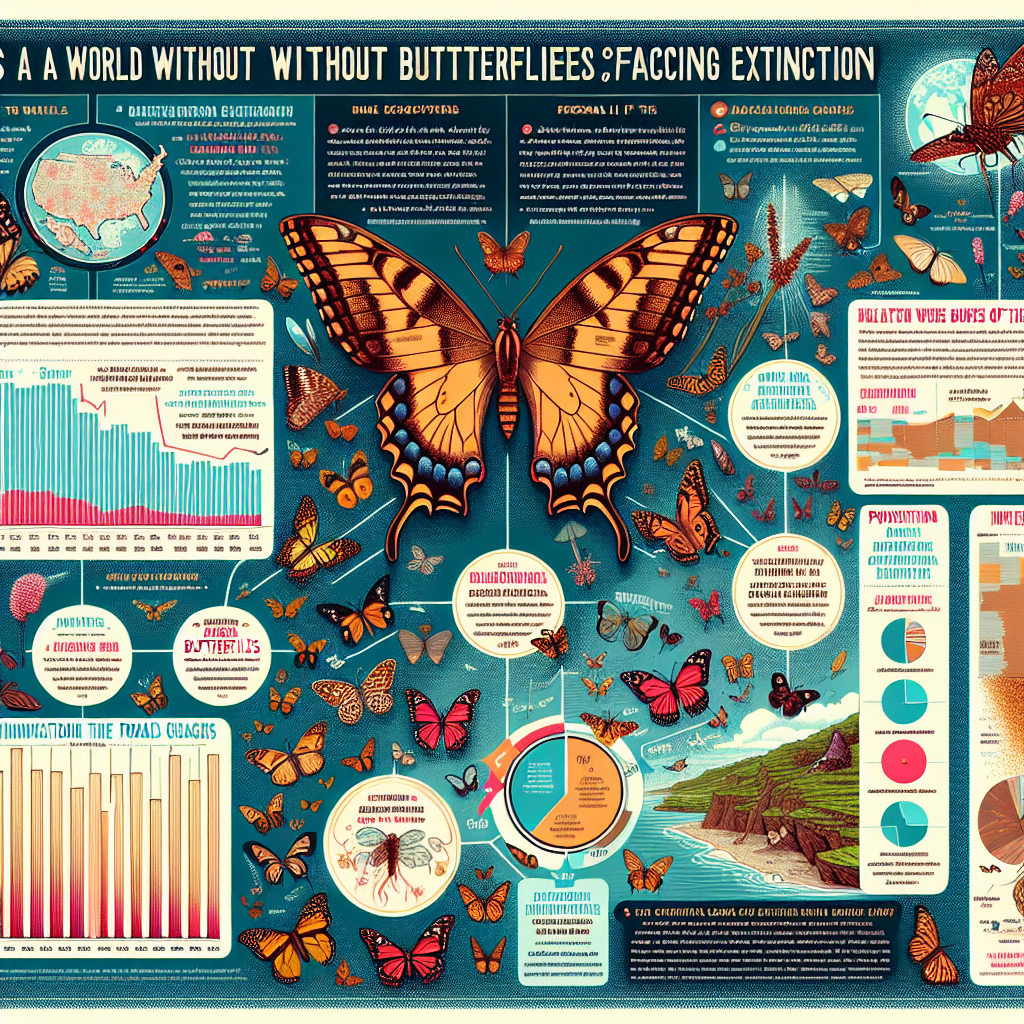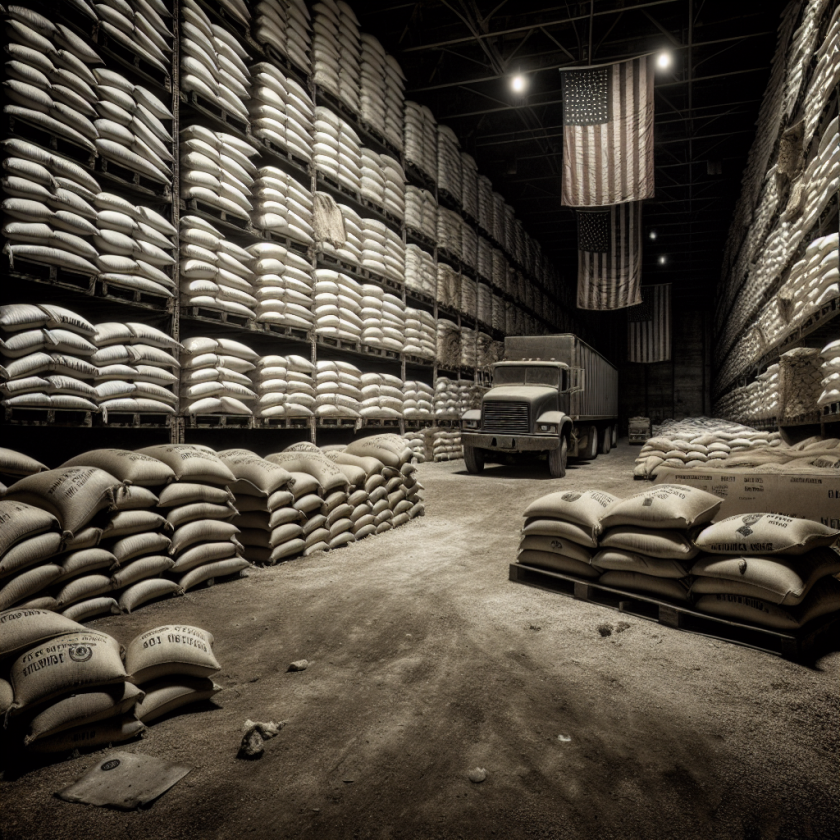The Rapid Decline of US Butterflies: Why It Matters to You
The Rapid Decline of US Butterflies: Why It Matters to You
Introduction
Butterflies, often seen as symbols of beauty and transformation, are facing a rapid decline across the United States. This alarming trend has significant implications for ecosystems, agriculture, and even human well-being.
Key Factors Behind the Decline
- Habitat Loss: Urbanization and agricultural expansion are destroying natural habitats.
- Pesticide Use: Chemicals used in farming are harmful to butterfly populations.
- Climate Change: Altered weather patterns disrupt migration and breeding cycles.
- Invasive Species: Non-native plants and predators threaten native butterfly species.
Why Butterflies Matter
Butterflies play a crucial role in maintaining ecological balance and supporting biodiversity. Their decline can have far-reaching effects:
- Pollination: Butterflies are essential pollinators for many plants, including crops.
- Food Chain: They serve as a food source for birds and other wildlife.
- Environmental Indicators: Their presence indicates a healthy ecosystem.
What You Can Do
Individuals can take steps to help reverse the decline of butterfly populations:
- Create Butterfly Gardens: Plant native flowers and shrubs to provide food and habitat.
- Reduce Pesticide Use: Opt for natural pest control methods.
- Support Conservation Efforts: Engage with organizations dedicated to butterfly conservation.
Conclusion
The decline of US butterflies is a pressing environmental issue with broad implications. By understanding the causes and taking action, we can help preserve these vital creatures and the ecosystems they support. Protecting butterflies is not just about saving a species; it’s about maintaining the health of our planet and our own well-being.








































